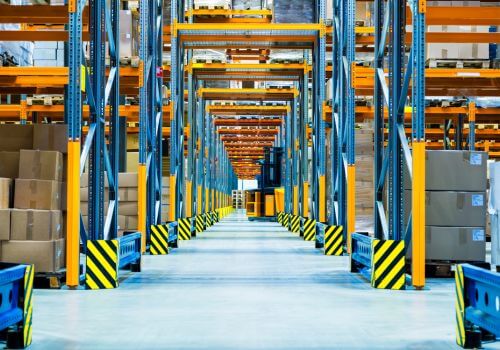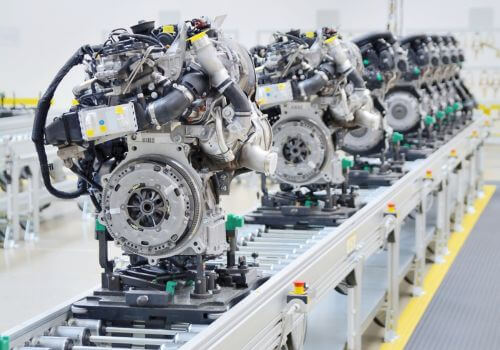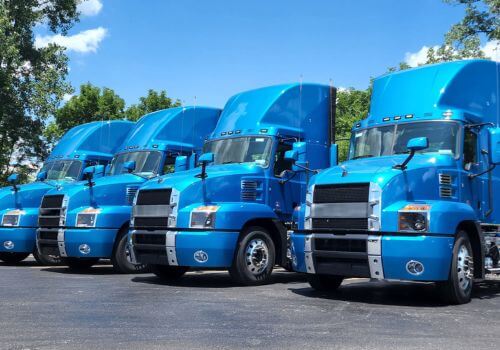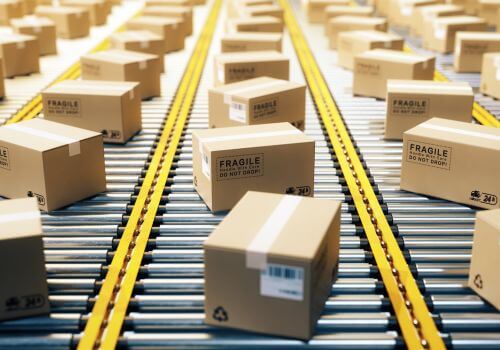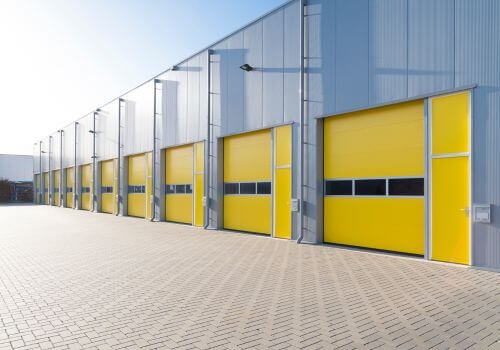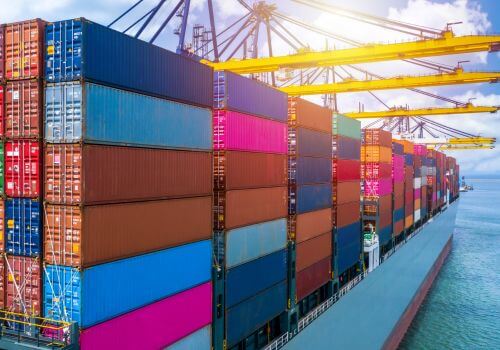In logistics, every detail matters, especially when it comes to packaging. Among all packaging options, the humble carton plays a surprisingly critical role. Whether you’re moving electronics, fashion items, or food products, the right carton can improve efficiency, reduce costs, and protect goods in transit.
This guide takes you through everything you need to know about cartons in logistics, from their types and materials to best practices and their impact on your supply chain.
What is a carton?
A carton is a container typically made from paperboard or corrugated fiberboard, used for packaging goods for storage, shipping, and distribution. While often confused with boxes, cartons usually refer to packaging used for both retail and bulk shipping purposes.
Cartons come in various sizes, shapes, and strengths to suit different types of products and handling methods. They serve multiple functions: protecting contents, making transport easier, aiding in stacking and storage, and even helping with branding and labeling. In today’s logistics environment, where speed, safety, and sustainability matter more than ever, the right carton can be a valuable asset in ensuring the smooth flow of goods.
Why are cartons important in logistics?
Cartons are more than just packaging—they’re an essential part of the supply chain. They play a vital role in the physical handling of goods and can affect everything from storage efficiency to product safety. Here’s why they matter:
- Protection: Cartons shield goods from damage, moisture, dust, and mishandling during transit and storage.
- Efficiency: Properly sized cartons reduce wasted space and optimize the use of storage areas, transportation vehicles, and labor.
- Cost control: Selecting the right type of carton can lower shipping costs by minimizing weight and maximizing pallet usage.
- Traceability: Printed labels or barcodes on cartons help with tracking, sorting, and inventory control.
- Sustainability: Recyclable and reusable cartons support eco-friendly logistics strategies, helping businesses meet environmental goals.
In short, using the right carton can lead to fewer damages, lower operational costs, and improved customer satisfaction.
What are the different types of cartons used in logistics?
Not all cartons are the same. Different products and shipping needs require different types of cartons. Understanding the available options is crucial for selecting the best one for your business.
Regular slotted carton (RSC)
This is the most common type of shipping box. All flaps are the same length, and the two outer flaps meet at the center when closed. It’s cost-effective and easy to assemble.
Best for: Books, clothing, electronics, and most general merchandise.
Half-slotted carton (HSC)
Similar to the RSC but without one set of flaps (usually the top). It’s often used with a separate lid and is ideal for applications where the carton needs to stay open for picking or display.
Best for: Storage bins, product displays, open-top containers.
Full overlap carton (FOL)
The outer flaps of this carton overlap fully when closed, providing extra strength and support. This type is ideal for heavy or dense items.
Best for: Machinery parts, tools, automotive components.
Die-cut carton
These are custom-designed cartons made using a die-cutting process. They offer unique shapes and closure styles tailored to the product.
Best for: Retail packaging, promotional kits, specialty items.
Telescoping carton
Made of two pieces that fit over each other, like a shoebox. It provides adjustable height and improved stacking strength.
Best for: Fragile, oversized, or irregularly shaped products.
What are the materials used in carton manufacturing?
The material used in a carton affects its strength, weight, environmental impact, and cost. Choosing the right material ensures goods are protected while keeping operations efficient.
Corrugated fiberboard
This is the most common material, composed of three layers: an inside liner, an outside liner, and a fluted (wavy) medium in between. It’s known for its durability and cushioning.
Grades:
- Single-wall: One fluted layer, suitable for standard shipping.
- Double-wall: Two fluted layers, offering more strength for heavier loads.
- Triple-wall: Three fluted layers, ideal for industrial or international shipping.
Paperboard
Thinner and lighter than corrugated fiberboard, this material is used for lighter products and often in consumer packaging.
Best for: Food items, cosmetics, lightweight goods.
Recycled cardboard
Made from previously used paper products, recycled cardboard supports sustainable practices and is ideal for environmentally conscious brands.
How to choose the right carton size
Carton size isn’t just about fitting the product—it affects cost, protection, and overall logistics efficiency. Oversized cartons take up more space and cost more to ship, while undersized cartons can damage contents.
Key considerations:
- Product dimensions: Measure accurately and leave room for cushioning.
- Stackability: Use dimensions that stack efficiently on pallets or shelves.
- Shipping method: Air freight favors light, compact cartons, while sea freight may require bulkier but stronger cartons.
- Weight distribution: The carton must hold weight evenly to avoid crushing.
Common carton sizes (approximate examples)
- Small: 12” x 9” x 6”
- Medium: 18” x 12” x 12”
- Large: 24” x 18” x 18”
Custom-sized cartons may come with an added cost but offer better protection and shipping efficiency in the long term.
How do cartons impact freight and shipping costs?
Shipping costs are frequently calculated using dimensional weight, which takes both the actual weight and the volume of a package into account. This makes it critical to minimize excess space.
Ways to reduce shipping costs
- Choose the smallest appropriate carton for each product.
- Avoid unnecessary filler material.
- Group multiple items into a single carton when possible.
- Use cartonization software to automate decisions and reduce guesswork.
The savings from optimized carton use add up, especially for businesses handling thousands of shipments per week.
What are some packing techniques and best practices?
The effectiveness of a carton also depends on how it’s packed. Proper packing minimizes damage and enhances customer satisfaction.
Best practices include:
- Use quality void fill: Air pillows, foam, or kraft paper prevent items from shifting.
- Mind weight limits: Respect the carton’s crush resistance rating to prevent collapse.
- Seal properly: Use strong tape and apply the H-taping method for a secure seal.
- Even distribution: Heavier items go on the bottom with even padding on all sides.
- Avoid overpacking: A bulging carton is more likely to fail in transit.
Training packing staff and standardizing procedures can greatly reduce issues related to poor packing.
Cartonization in modern logistics
Cartonization is the process of determining the best carton size and configuration for shipping specific orders. It’s often built into warehouse management systems (WMS).
Advantanges:
- Efficiency: Reduces manual packing decisions.
- Cost savings: Lowers shipping and material costs.
- Accuracy: Minimizes human error and product damage.
- Speed: Accelerates order fulfillment and packing.
Cartonization algorithms consider product dimensions, fragility, and carrier rules, and can dramatically improve operations in busy fulfillment centers.
5 common carton-related issues and how to avoid them
1. Carton damage during shipping
- Cause: Weak material or poor sealing.
- Solution: Use stronger grades and secure closures.
2. Product shifting inside
- Cause: Lack of internal padding.
- Solution: Use appropriate void fill and dividers.
3. Wasted space
- Cause: Oversized cartons.
- Solution: Implement cartonization tools.
4. Unreadable barcodes
- Cause: Low-quality printing or poor placement.
- Solution: Use clear zones and high-resolution labels.
5. Customer returns due to poor packaging
- Cause: Inadequate protection or unappealing appearance.
- Solution: Train staff and invest in better carton design.
Frequently asked questions about cartons
Q1. What is the difference between a box and a carton?
A1. A carton generally refers to a container made from cardboard or paperboard used for shipping or retail, while a box can be made from a variety of materials and used in broader contexts.
Q2. How do I choose the right carton for my product?
A2. Consider the product’s size, weight, fragility, and shipping method. Choosing the smallest, strongest, and most cost-efficient carton helps ensure safe delivery and low shipping costs.
Q3. Are cartons recyclable?
A3. Yes, most cartons made from corrugated cardboard or paperboard are recyclable, especially if they are clean and free from plastic coatings or food residues.
Q4. What is the best way to seal a carton?
A4. Use strong packing tape and the H-taping method, which involves sealing both the center seam and the edges to prevent the carton from opening during transit.
Q5. Can I reuse cartons for shipping?
A5. Yes, as long as the carton remains structurally sound, clean, and free of damage. Reusing cartons is an eco-friendly and cost-saving practice.
In summary, a Carton in logistics is a cardboard or fiberboard container used to package, protect, and transport goods efficiently through the supply chain.


